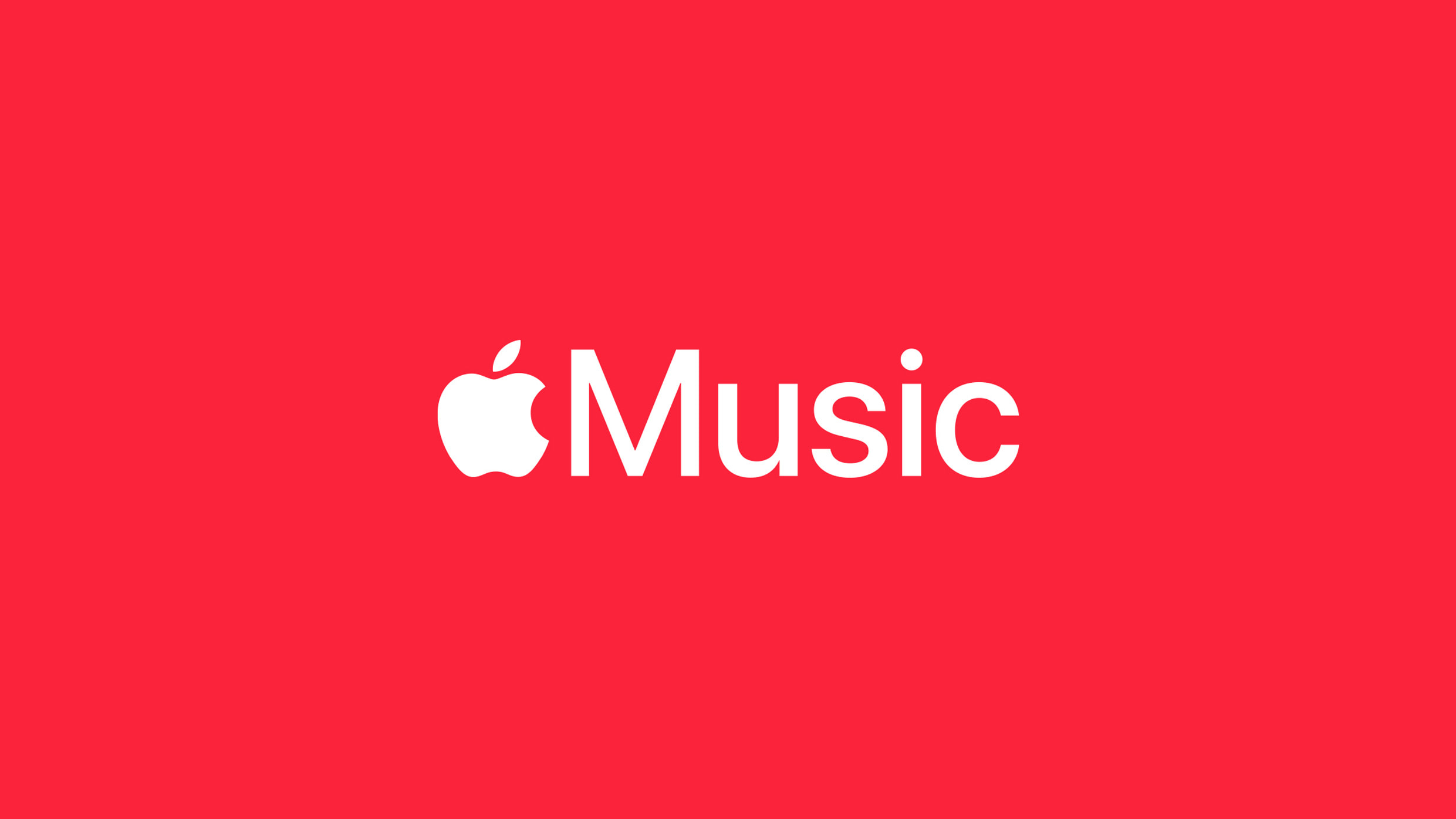Apple’s stock had a crazy morning on April 7, 2025, jumping up and down before settling higher than the day before. Investors got excited after hearing whispers about big things coming from the company. People are buzzing about what’s next, and it’s clear something huge is on the way.
For a while, iPhones have felt a bit dull—just small updates, nothing thrilling. But that’s about to change. Three major launches are rumored to shake things up soon. First, there’s talk of a foldable iPhone, something new that bends and flips. Fans can’t wait to see how it works and what it’ll mean for phone design.
Next, Apple might finally release its long-awaited smart glasses. These aren’t just regular specs—they could show maps, messages, and more right in front of your eyes. It’s like stepping into the future, and people are already dreaming about how cool it’ll be to use them every day.
The third big reveal? A slimmer, lighter iPhone that still packs a punch. It’s said to be easier to carry but just as powerful as the chunky models we’re used to. This could win over folks who want style without losing speed or features.
These updates show Apple is ready to take risks and bring fresh ideas. The stock bouncing around proves people believe in the hype. After years of safe, small changes, the company’s about to surprise everyone. Whether it’s a phone that folds, glasses that think, or a sleek new design, Apple’s boring days seem numbered. Fans and investors alike are holding their breath, ready for a wild ride as these launches get closer. Get ready—Apple’s about to steal the spotlight again!


